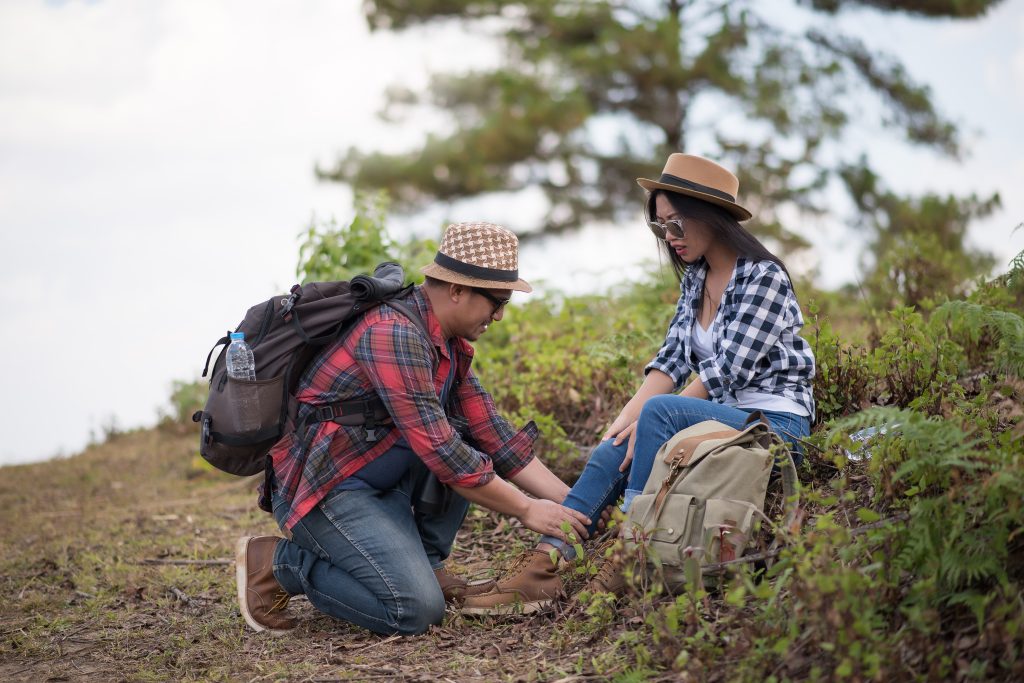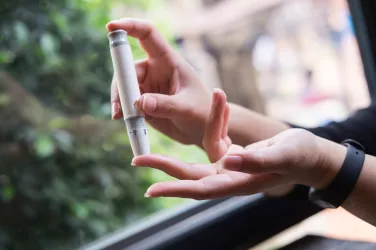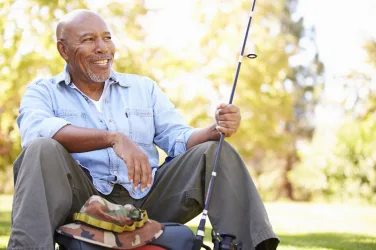
By Pete Alfano
Have you ever pulled a muscle, sprained your ankle, tweaked your knee, overdid your workout, or bumped your head against something hard? Maybe you are a little older, and arthritis in your hand or wrist is acting up again. So, what is the best way to treat any of these ailments? Do you reach for a cold pack or choose heat?
Well, there really isn’t a choice in the matter. Cold and heat can benefit everything from muscle aches to nerve pain, but they are not interchangeable. As a rule, the first thing to do after suffering an injury is to reduce inflammation or keep it to a minimum. This is what a cold pack does. The cold constricts blood vessels and keeps swelling and bruising to a minimum.
Heat will only increase inflammation in the immediate aftermath of an injury. The recommendation is to never use heat for at least 48 hours or until the inflammation is under control. Then, a combination of cold and heat can be beneficial. A cold pack, which, by the way, can be that overlooked bag of veggies in your freezer, should not be applied directly to the affected area. Use a thin towel or cloth to wrap around the cold pack to avoid an ice burn.
Medical authorities such as the Cleveland Clinic and Johns Hopkins say that people with chronic arthritis often experience better results from warm, moist heat. You can use a heating pad, take a warm shower, bathe, or sit in a hot tub. But take caution not to make the water or heating pad too hot or risk scalding your skin. Heat is also beneficial for muscle aches resulting from over-exertion, whether it is from pumping too much iron at the gym or lifting too many heavy objects when cleaning out your garage. Heat opens blood vessels, which increases blood flow and that can help in healing and relieving muscle pain.
Before exercising, follow fitness experts’ advice to warm up beforehand and cool off afterward. Applying heat before going on that jog or bike ride can increase blood flow and loosen muscles. Using a cold pack afterward reduces any inflammation you may have from exercise.
Generally, cold and heat are inexpensive ways of treating injuries or chronic pain. But you should seek medical attention for serious or acute injuries. You may have broken a bone or suffered ligament or cartilage damage. A cold pack is a good choice for a routine headache, but a head trauma may mean you have a concussion. And whether it is cold or heat therapy, treat the affected area for about 15 to 20 minutes at a time. Otherwise, you may risk doing more harm than good.
Is There A Topical Solution For Injuries?
While cold and heat are effective treatments for injuries, arthritis, and muscle aches, people can also find relief using topical creams, ointments, and anti-inflammatory medications. Often, the best strategy is to use a combination of available options.
Pharmacy shelves are overflowing with pain patches, gels, roll-ons, creams, and ointments. All can be effective at reducing discomfort, even temporarily. BENGAY for muscle aches has been around forever, and there are other well-known brands. Voltaren is currently popular because it contains a high number of anti-inflammatory agents. All these products work for injuries or chronic conditions that are closer to the skin. They are most effective when massaged into the skin, often after using moist heat that improves the body’s ability to absorb the medication.
And there are the old standbys that you ingest. Non-steroidal anti-inflammatories (NSAIDs) such as Aleve and Advil can help reduce pain, although long-term use is discouraged. For some acute cases, cortisone or steroid injections can provide longer-term, although not permanent, relief from chronic pain. However, all the above are to provide temporary relief, and you should consult your physician regarding medication interactions, contraindications or if your symptoms persist or worsen.









